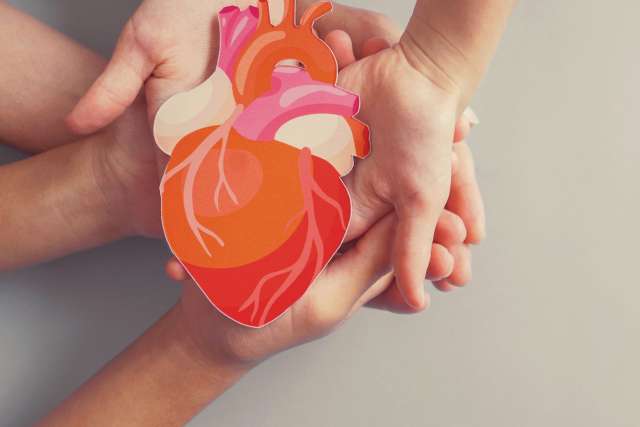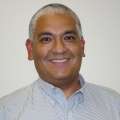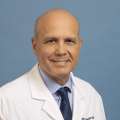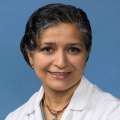A program that began 38 years ago with a heart transplant in a 7-year-old girl performed it’s 500th procedure in July. In the nearly four decades since its inception, the program has grown into one the nation’s leading and mostdistinguished centers. On average, between 10 and 13 infants and children receive a new heart each year at UCLA, with survival rates that exceed national averages, even in some of the most-complex patients. Doctors credit the program’s success to the multidisciplinary teams of health care professionals who are involved in each case.
“UCLA led the way in pediatric heart transplants by adding groups of caregivers who hadn’t been previously included,” says pediatric cardiologist Juan Alejos, MD, medical director of the pediatric heart-transplant program. “It’s not just cardiologists and surgeons, but also transplant coordinators, nurses, social workers, dentists, psychologists, nutritionists and child-development specialists who make this achievement possible. We could not have reached this point, or had these successes, without their input and dedication.
“We also have such a strong congenital heartsurgery program that our referrals include some of the most complex kids who other centers have turned down,” Dr. Alejos says. “Our philosophy has always been to try to make it work somehow.” It is that level of teamwork that makes a difference, says Glen S. Van Arsdell, chief of congenital cardiac surgery. “You can’t get away from the fact that pediatric heart surgery is a life-and-death business. More than any other discipline, it takes multiple specialists to deliver superior care,” he says. “Our job is to work as a team and make critical decisions that meet the top standards of the day.”
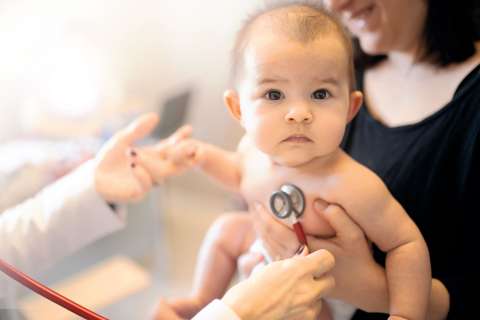
The pediatric heart-transplant program has also led the way in its innovative approach to screening recipients and donors. While other transplant centers limited surgeries to ideal patients and organs, UCLA’s team expanded those boundaries. “There are large numbers of potential recipients and a very limited pool of donors, so many children wound up not getting a heart. Mortality among those was very high,” says Hillel Laks, MD, Emeritus Chancellor’s Professor of Surgery and founder of the pediatric heart-transplant program.
The program also pushed the envelope by pioneering the use of artificial hearts, both internal and external, as a bridge to keep children alive until a donor heart becomes available. Most recently, a 2-month-old infant was saved by the use of such a device, says Reshma Biniwale, MD, a congenital heart surgeon and member of the pediatric heart transplant team. “She weighed less than eight pounds, and she received a new heart the size of a strawberry,” Dr. Biniwale says.
Intensive follow-up, which typically lasts for years, is another key element of UCLA’s pediatric heart-transplant program. That’s why Dr. Biniwale knows that her tiny patient, who had been close to death, is now doing well. “We really get to know the children and their families, and they all become part of our extended family,” Dr. Biniwale says. “The children come to our annual holiday party, along with many of our team and staff members. It’s a joyous day. Seeing them growing up is very moving and very satisfying.”
With the 500th pediatric heart transplant, the transplant-team members ref lect on the significance of that achievement. “What this ref lects is the longevity of the program that Dr. Laks founded in the 1980s and which soon became very important,” Dr. Van Arsdell says. “Five hundred is a huge number, and you can’t do these complex procedures, and reach such a high number, without having a strong program.”
The team approach pioneered at UCLA now has become the standard of care in many transplant programs, Dr. Van Arsdell says. This often includes providing patients with medical care in the weeks and months before surgery, which prepares them for the challenges of this complex surgery. “All of this allows us to take a high-risk patient who another program may not accept and bring them into an appropriate risk category so we can have a successful transplant,” he says. “Our goal is to build this program so the next generation can stand on the shoulders of the work we’re doing today
